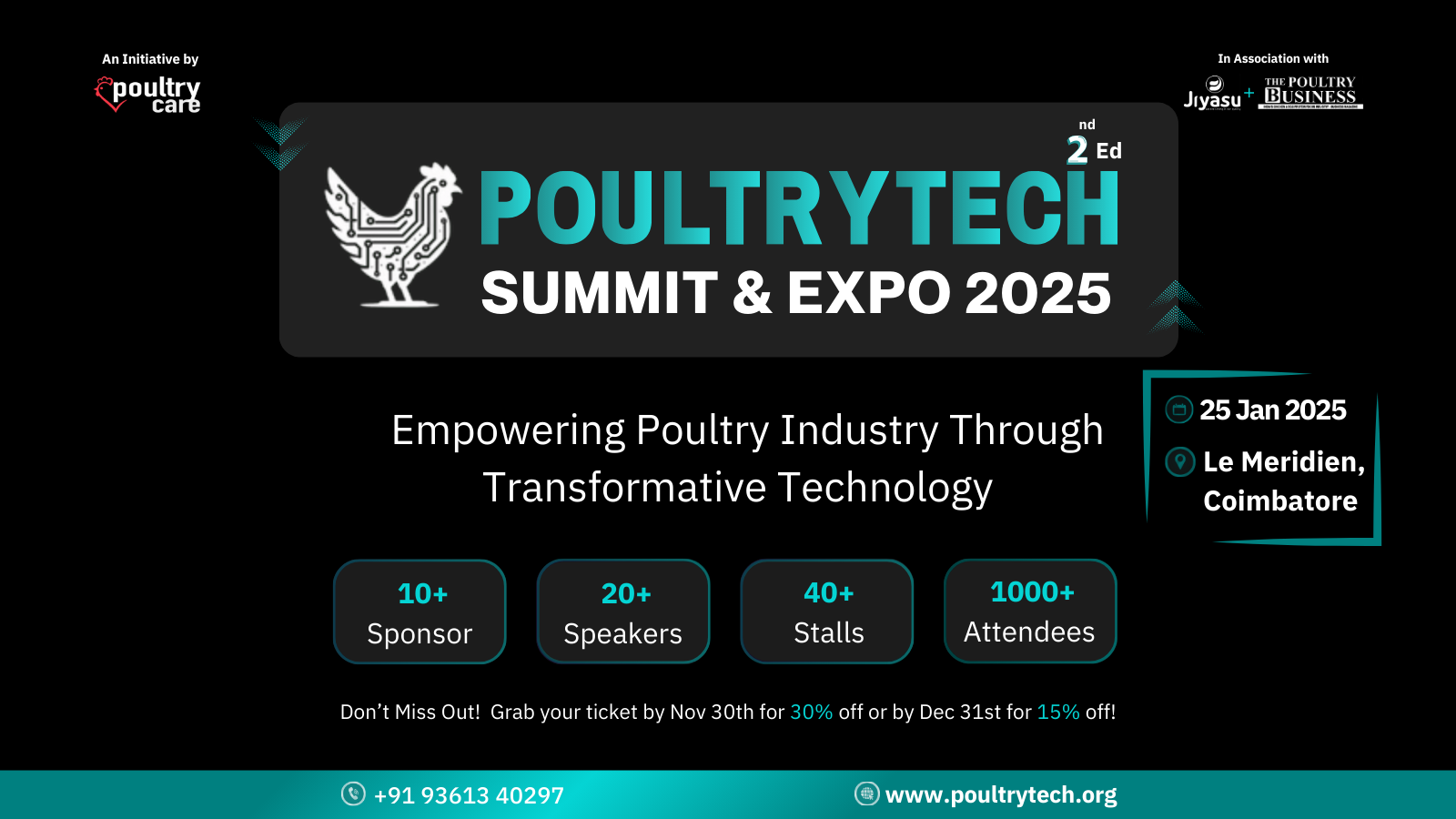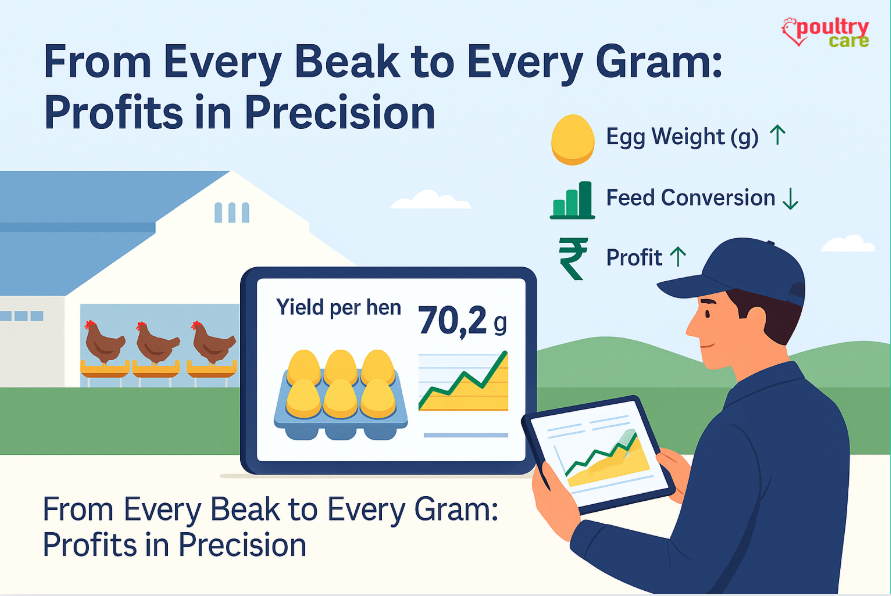As a poultry farmer, you understand that efficient layer house management is the key to a successful operation. In this blog, we delve into the realm of layer house performance tracking and how it can be the cornerstone of optimizing your layer farming efficiency.
The Challenge of Layer House Efficiency
Efficiency in layer house management is essential for poultry farmers, serving as the linchpin of a successful operation. In this blog, we delve into the realm of layer house performance tracking and its pivotal role in optimizing layer farming efficiency.
The Significance of Data-Driven Performance Tracking
Layer farming presents a unique set of challenges, requiring a delicate balance between efficiency and bird well-being. Customized reports and data-driven insights are the tools that can help you strike this balance and reap the rewards.
Empowering Resource Utilization
Data-driven performance tracking is a game-changer for optimizing layer house efficiency. It enhances resource utilization, enabling you to make the most of feed and space while minimizing waste and reducing costs.
Real-Time Health Monitoring
Real-time health monitoring, empowered by data-driven tracking, provides insights into the well-being of your birds. It allows for the early detection of issues, enabling swift and proactive intervention.
Unleashing Egg Production Potential
Data is a powerful ally in optimizing egg production. It can uncover trends and patterns, allowing you to make adjustments that maximize yield, a fundamental goal in layer farming.
Fine-Tuning Environmental Control
Environmental conditions are crucial for bird health and productivity. Data-driven insights ensure that you get it right by monitoring and adjusting factors like temperature, humidity, and ventilation.
Key Metrics for Layer House Efficiency
To optimize the efficiency of your layer houses, it's crucial to focus on key metrics. The egg production rate, egg quality, feed efficiency, bird health, and environmental conditions are all vital for successful layer farming.
Leveraging ERP Software for Efficiency
Leveraging Enterprise Resource Planning (ERP) software tailored to the poultry industry can be transformative for optimizing layer house efficiency. These systems offer real-time data, customized reporting, data analysis, and some even provide predictive analytics for proactive optimization.
Strategies for Efficiency
With data at your fingertips, it's time to implement strategies for efficiency. Fine-tuning feeding plans based on data is essential, as it helps reduce waste and enhance efficiency, ultimately improving cost-effectiveness.
Environmental Control
Environmental control is another key strategy. Monitoring and adjusting environmental conditions promptly ensures a comfortable and healthy environment for your birds, contributing to their well-being and productivity.
Early Disease Detection
Closely monitoring bird health metrics is vital for early disease detection, enabling immediate action to prevent the spread of illness.
Data-Driven Decision-Making
Data-driven decision-making is a cornerstone of optimized layer house management. Utilizing the data in your reports empowers you to make informed decisions about bird management and future planning.
Continuous Improvement
Continuous improvement is the final piece of the puzzle. Insights from your reports serve as the foundation for ongoing improvement, allowing you to implement gradual changes that accumulate into substantial efficiency gains.
The Future of Data in Layer House Efficiency
The future of layer house efficiency is data-driven, and advancements in technology, including the Internet of Things (IoT), sensors, and artificial intelligence, are poised to offer even more sophisticated and precise insights into layer farming operations.
In Conclusion
In conclusion, tracking efficiency in your layer houses is not just a path to enhanced productivity but also a way to ensure the well-being of your birds, making your layer farming operation more efficient and sustainable.




